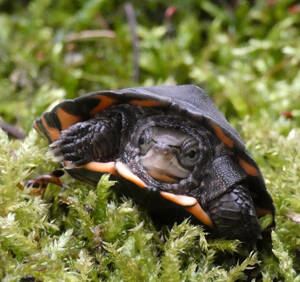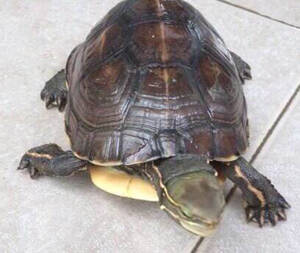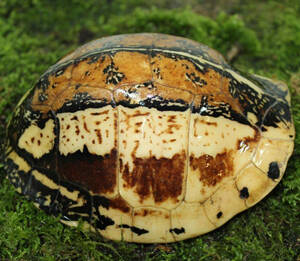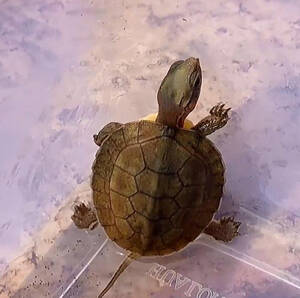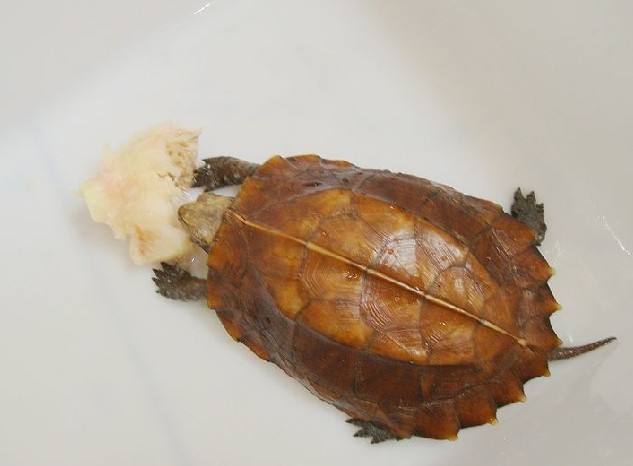Testudo horsfieldii
IUCN
LCBasic Information
Scientific classification
- name:Testudo horsfieldii
- Scientific Name:Testudo horsfieldii,Afghan Tortoise Central Asian Tortoise Four-toed Tortoise Horsfield's Tortoise Steppe Tortoise,Land turtle, taspaha, prairie tortoise, land tortoise, turtle
- Outline:Testudines
- Family:Testudinata Testudinidae Testudinidae
Vital signs
- length:95-130mm
- Weight:0.4-1kg
- lifetime:About 30 years
Feature
The four-clawed tortoise is the only tortoise that lives in the desert grasslands of my country.
Distribution and Habitat
In China, it is distributed in Huocheng, Xinjiang. Abroad, it is distributed in Afghanistan, Iran, Kazakhstan, Mongolia, Kyrgyzstan, Pakistan, Tajikistan, Turkmenistan and Uzbekistan.
The four-clawed tortoise lives in the semi-desert area of loess hilly grassland at an altitude of 700-1000 meters. It often lives in shady slopes and depressions with abundant wormwood, moist soil and many snail shells. It hides in caves on cloudy days or at night. March to August is the active season, and the rest of the time it is in a dormant state. It gradually enters the cave for summer hibernation in late July. It likes a dry environment, is not afraid of cold, and likes to come out of the cave to drink water after rain.
Appearance
Small body, small head, slightly hooked upper edge, fine serrations on the rim. Carapace length and width are almost equal, round. Plastron is wide and short, with flat and thick front edge, deep notch on the rear edge, short tail, with horny tail claws at the end. Head and limbs are yellow, tending to yellowish brown, with irregular spots; carapace and plastron are yellow, each scutellum has black spots, and the black spots on the plastron are larger.
Details
In the Yili River Valley in Xinjiang, China, there is a small creature called "Tasipaka". "Tasipaka" means "stone" and "Paka" means "toad". What kind of animal is this stone-like toad? It is the four-clawed tortoise, which is listed as "critically endangered" in the "China Red List of Endangered Animals".
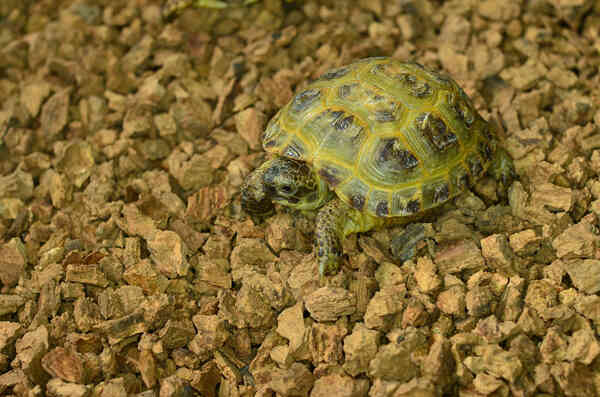
The four-clawed tortoise, also known as the grassland tortoise, lives in the loess hilly area at an altitude of 600-1100 meters. It hides in caves and is active in the morning and evening. Its activity season is from March to August; but its activity time is determined by temperature changes. It starts to move above 10℃ and hibernates above 25℃. It is herbivorous and feeds on plant stems, leaves, flowers and fruits. They have lived on the earth for more than 200 million years and are an ancient relict animal. It is said that there are only more than 300 four-clawed tortoises living in the Yili River Valley of more than 50,000 square kilometers. The body of an adult four-clawed tortoise is more than ten centimeters long, and the arc-shaped raised back is particularly eye-catching. They walk on the prairie like a moving castle.
Female tortoises reach sexual maturity at about 12 years old, and male tortoises reach sexual maturity at about 10 years old. Generally, mating begins in early and mid-April, and the mating peak is from late April to early May; there is competition between male tortoises for females, and the mating time is about 6 minutes; from May to July, female tortoises dig holes to lay eggs, 2-4 eggs each time, the calcareous egg shell is hard, milky white, oblong, and the egg diameter is 40.9±2.4 mm×27.7±2.2 mm. The eggs weigh 8.1±4.9 grams and hatch naturally under sunlight. The incubation period is about 120 days. The young turtles hibernate after hatching.
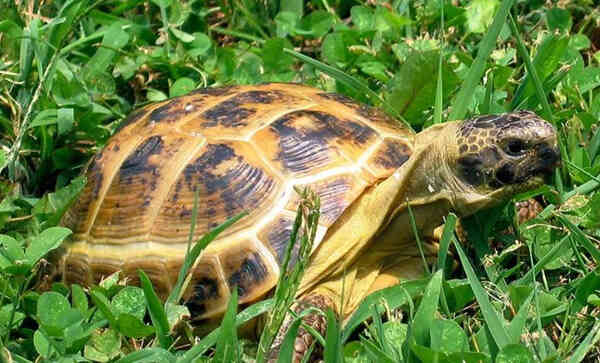
In August 2021, seven young turtles were born in the only national nature reserve for four-clawed tortoises in Huocheng County, Xinjiang, China. This is the first time that China has successfully artificially bred the four-clawed tortoise, a national first-class protected animal, which plays an important role in restoring its population.
Listed in China's "National Key Protected Wildlife List" (February 5, 2021) at level one.



